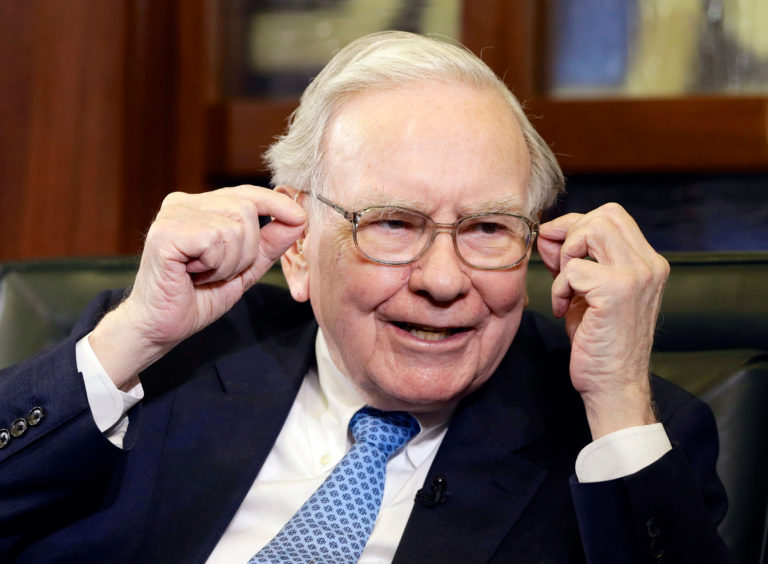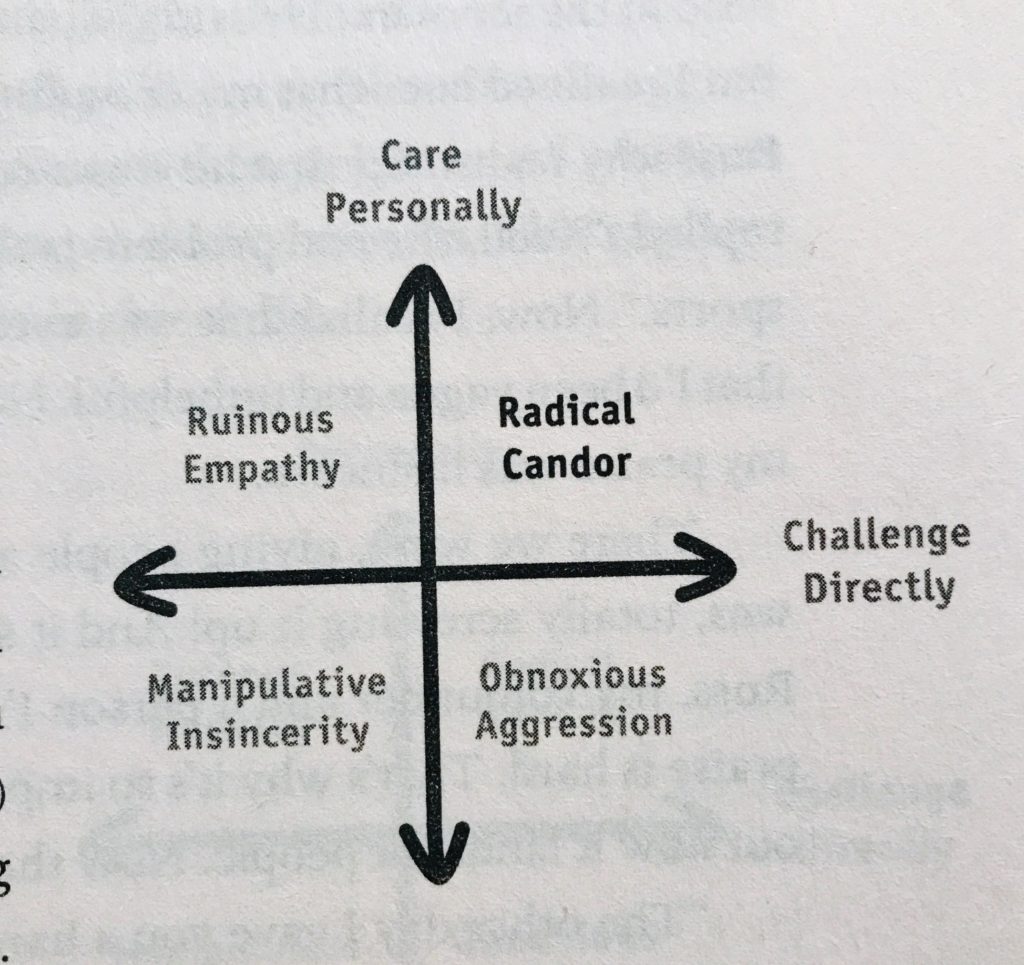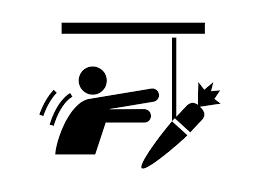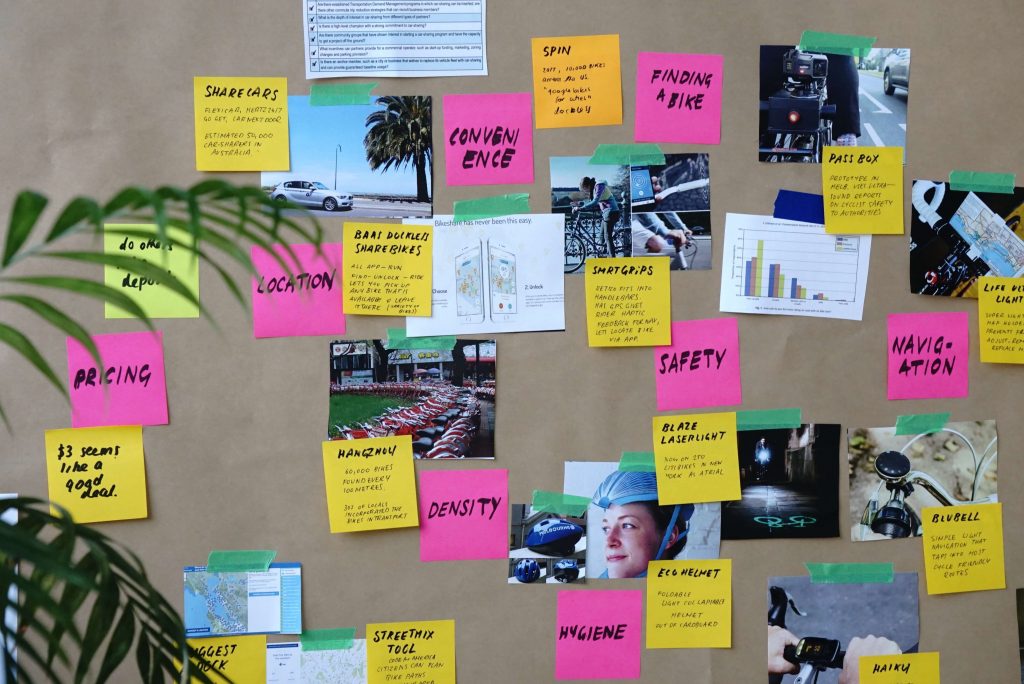In 2019 Warren Buffett’s principles have a notable change from his desire to invest in foreign markets, dating advice, and delaying gratification. Earlier this year Warren Buffett and Charlie Munger put on a show for the investors of Berkshire Hathaway. On the first weekend of May every year, Omaha experiences an influx of investors from around the globe. The sleepy midwest city is swarmend as one of the most influential and successful investors speaks to 40,000 pilgrims.
This was my second year attending the Berkshire Hathaway Annual Shareholders meeting (check out year 1 takeaways) and it did not disappoint. The questions flow from both journalists and audience members. Some are softball questions and others are stinging blows. Warren and Charlie take the questions in stride. Providing insights into their decision making and a glimpse into their investing philosophy.
What are Warren Buffett’s Principles in 2019?
A big focus of the conversation was why Berkshire is sitting on so much cash. The $100 billion or so is just sitting while Warren keeps Berkshire’s options open to an “elephant-sized” acquisition. When you become as big as Berkshire has become your investing strategy has to change with it too. Berkshire now has a ton of cash that it requires bigger deals to achieve the same level of returns. It also takes longer to deploy 10s of billions of dollars than it does with smaller amounts.

Delay of gratification
One question that really stood out was one that an 8-year old asked. He asked about how he could work on delayed gratification (I’ve written about my own experience as a child). He understood it is important in investing and that it is a tenant of Buffett’s strategy. Warren and Charlie took an interesting approach telling the kid to enjoy life. Delaying gratification can be valuable but also detrimental to your long-term happiness. Should you go to Disney for 2 days with your family now? Or should you wait for 10-years to go for a week? It probably makes more sense for you to go for 2-days now. There is value outside of the total dollar amount and the return has to outweigh the time. This is one of Warren Buffett and Charlie Munger’s life principles to take note of in 2019.

Investing in Foreign Markets
People asked multiple questions about investing in foreign markets such as Asia and Europe. The response was a resounding “yes” that Berkshire Hathaway would love to get exposure to foreign markets. The bet Buffett has made over the years is on the resilience of the US economy. Yet that doesn’t stop him from wanting to get into foreign markets.
Warren Buffett’s Original Founding Principles
Buffett also discussed how he went about opening up his own shop. A question from the audience was from a 27-year-old who wants to open his own investment shop. “How does he know he is ready?” Charlie’s response was by asking that question you are not. Warren took a different approach talking about how he put ground rules in place before he took family and friends’ money. He set expectations that this is our strategy and if we are down you have to trust me. Ultimately you shouldn’t set expectations you can’t meet. You must also set out and actually do it (here’s what tipped me over the edge to entrepreneurship).
Operating Philosophy
Charlie and Warren talked about how they came a long way from humble beginnings. The original company, Berkshire Hathaway was a failing textile company. Since acquiring the company they have managed to focus on “compounding machines.” Identifying companies with a strong compounding effect and betting on those businesses. Berkshire prides itself on not having a strict formula with lots of committees and spreadsheets. The numbers are important, but so is the culture and nature of the business. This aspect of Warren Buffett’s guiding principles hasn’t changed in 2019.

Dating advice
The Oracle of Omaha also gave some dating advice that can be applied in multiple contexts. You have to find the best partner…that will also take you. In the Berkshire Hathaway context, Charlie is smarter and Warren is more knowledgeable. They both enjoy working together and as such are able to have fun while doing business. The other dating advice is you get to choose who you select as your heroes and friends. Choose wisely!
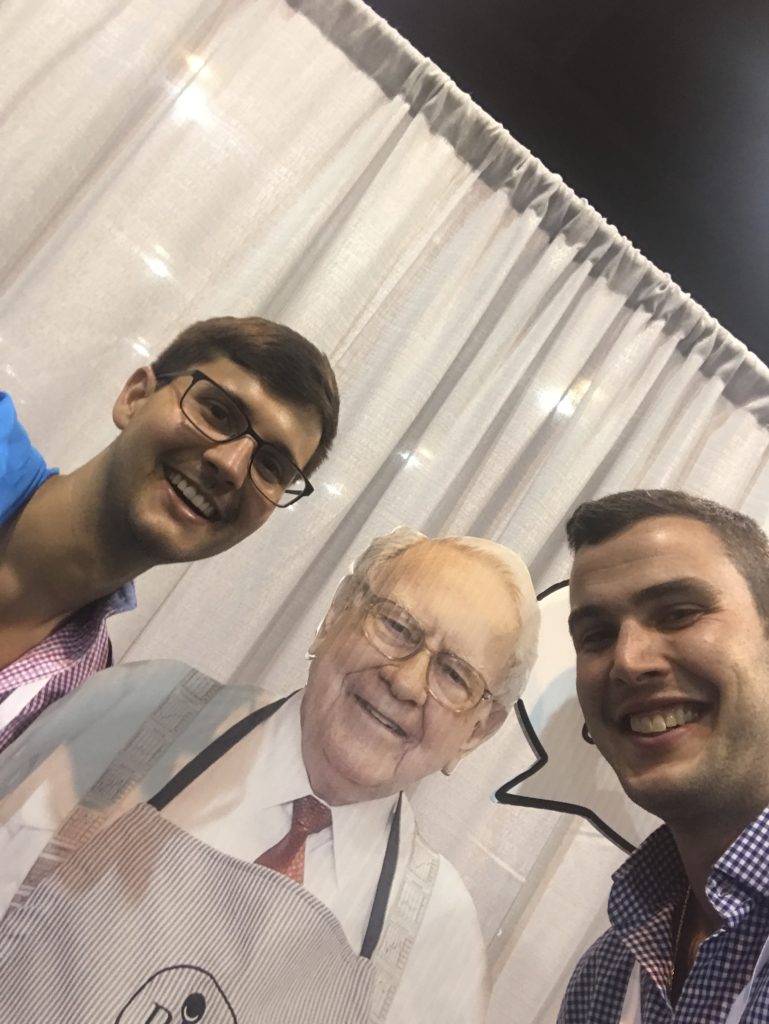
Wrapping up the Principles of Warren Buffett in 2019
It is incredible what you can learn just listening to two of the greatest investors of the 20th & 21st centuries. The even people you meet and the insights you gain from the conversation will impact your investing philosophy forever. I highly recommend you checking out next year’s event. No, you don’t have to go all the way to Omaha if you don’t want. Yahoo Finance live streams the event every year. 🙂
More posts about investing
3 Keys to Personal Finance that Will Make You Rich
2018 Berkshire Hathaway Annual Shareholder’s Meeting – Warren Buffet
